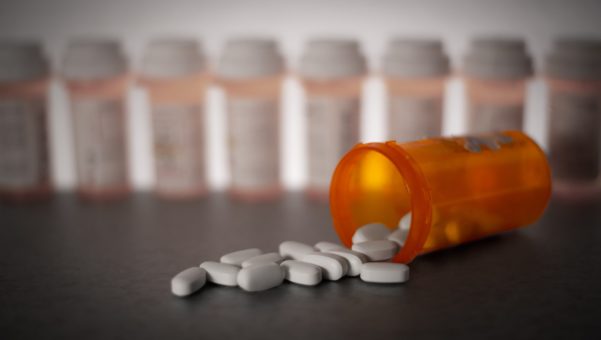Recognizing the signs for prescription pill addiction is the first step to developing the awareness that you need treatment. There are many different treatment options for prescription pill addiction that includes a combination of medications and psychotherapy. Depending on the severity, you may be placed in an inpatient treatment center such as residential treatment or in outpatient therapy, which can range from partial hospitalization to bimonthly outpatient visits. Once you find the best treatment approach for your addiction, it is important to practice positive coping skills, continue your medication regimen and check in with your therapist as cravings have a tendency to seep back into your life if you are not careful. It is important to confiscate all of your prescription bottles so you no longer have the temptation to use prescription drugs.
How to dispose of prescription pills
One of the biggest steps to seeking therapy is disposing of all prescription pills in your home. Flushing them down the toilet can contaminate the oceans and water supply and throwing them away can result in other individual’s gaining access to them. “Don’t Rush to Flush” is a prescription pill disposal campaign that allows you to search online for California sites where it is safe to dispose of prescription pills. Pay attention to the search results, which explain whether controlled drugs are accepted. (Some other medications, such as chemotherapy drugs, also come with specific disposal instructions and locations. Same with sharps, such as hypodermic needles.)
Find a treatment center that best fits your needs
Not every treatment center and treatment approach are the same. Some therapies may work for other individuals but may not necessarily work for you, as this is never a “one size fits all” approach. It is important to research addiction treatment centers that have an established reputation within the community. Look for a licensed addiction treatment centers that threat prescription pill abuse, co-occurring disorders, and trauma. It is also important to be able to trust your therapist and treatment team and develop a relationship with them. Also, consider treatment centers that have established alumni or aftercare program, accept most medical insurance, offer financial assistance or payment plans, are fully accredited, and who treat the individual and not the disorder.
The following are steps to help you be successful in your sobriety after therapy.
- Meet sober friends
- Volunteer
- Get involved in community
- Join a support group
- Help someone else (volunteer)
- Talk about your recovery
- Focus on your mental health
- Focus on your physical health
- Continue outpatient therapy
- Have an emergency relapse plan
- Try a new hobby
- Keep away from negative people
- Keep away from alcohol
- Learn how to say “no” immediately and convincingly
